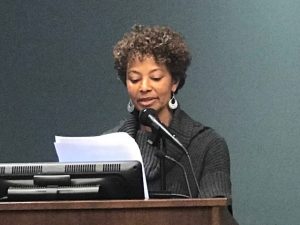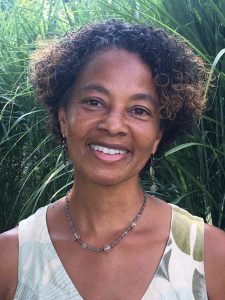
2022 PLENARY ADDRESS
Wednesday, November 16, 2022
7:00pm – 8:30pm | Boston Park Plaza
The Plenary Address will be recorded and available to watch on ASOR’s Virtual Platform.
The 2022 Plenary Address will be given by Dr. Solange Ashby (University of California, Los Angeles).
Solange Ashby received her Ph.D. in Egyptology with a specialization in ancient Egyptian language and Nubian religion from the University of Chicago. Dr. Ashby’s expertise in sacred ancient languages including Egyptian hieroglyphs, Demotic, and Coptic, Ethiopic, Biblical Greek and Biblical Hebrew, underpins her research into the history of religious transformation in Northeast Africa and the Middle East. Her first book, Calling Out to Isis: The Enduring Nubian Presence at Philae, explores the temple of Philae’s history as a Nubian sacred site.
Dr. Ashby has been awarded a President’s Postdoctoral Fellowship at the University of California – Los Angeles. Her current research describes the roles of women – queens, priestesses, mothers – in traditional Nubian religious practices. In 2023, Dr. Ashby will join the faculty of the department of Near Eastern Languages and Cultures at UCLA where she will teach Egyptology and Nubian Studies.
She is a founding member of the William Leo Hansberry Society which seeks to create pathways for people of African descent – on the continent and in the diaspora – to engage in the study of African antiquity.
Women of the Sacred South: Nubian Women in the Temple and Upon the Throne

Focusing on four specific Nubian women, I will explore how ancient Africans of the Nile Valley understood female power and presence to be an essential enlivening element in maintaining Maat, the balance of male and female energies, in order to cultivate “divine right order” in the world and in the cosmos. This lecture will examine more closely the queens, priestesses, and goddesses who were exceptionally prominent in ancient Nubia.
The framework for this study of Nubian women is based in the ancient Egyptian Myth of The Sun’s Eye in which Hathor-Tefnut, daughter of the supreme sun god Ra is tasked with defending her father from his enemies. In the myth, the “Distant Goddess” is lured from Nubia into Egypt in order to be reunited with her father. Hathor-Tefnut-Sekhmet is very closely associated with the harsh deserts of Eastern Nubia and with the people who reside there. Many queens and priestesses presented themselves as manifestations of the goddess Hathor-Tefnut through their titles, iconography, and roles within the royal family.
The potent history of ancient Nubian women echoes in Nubia, Egypt, and Sudan today and those connections will be explored as well.
